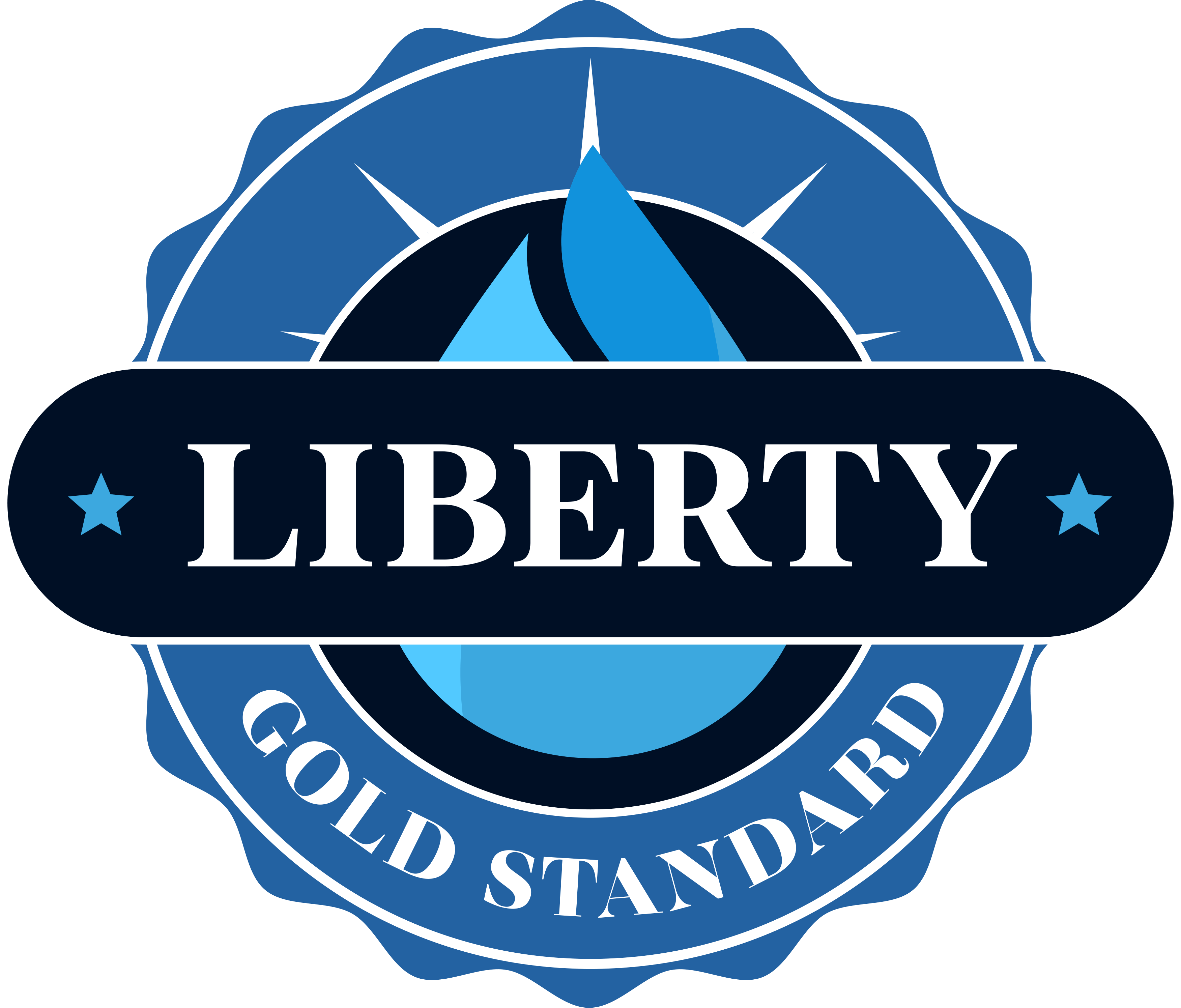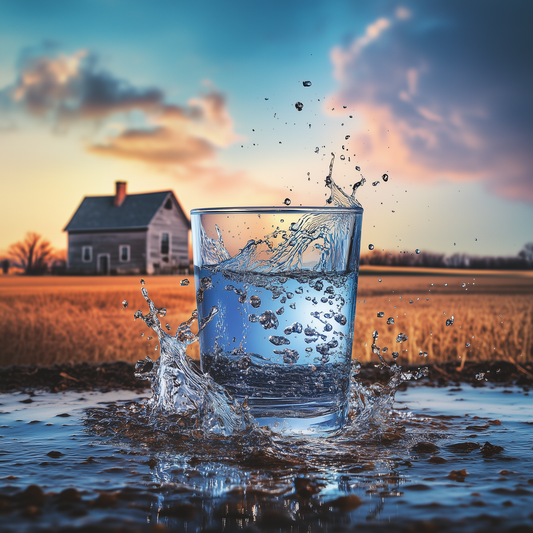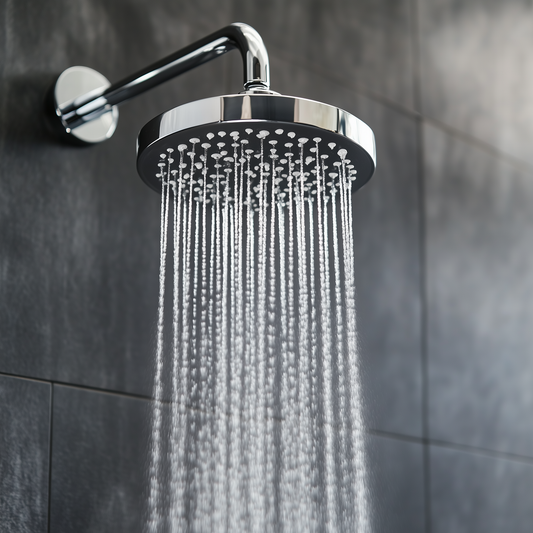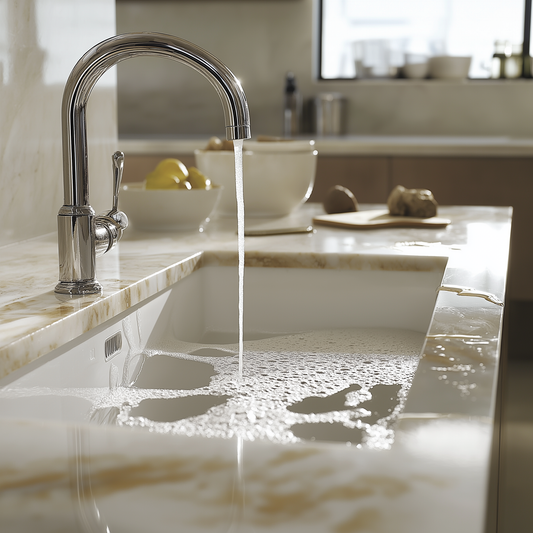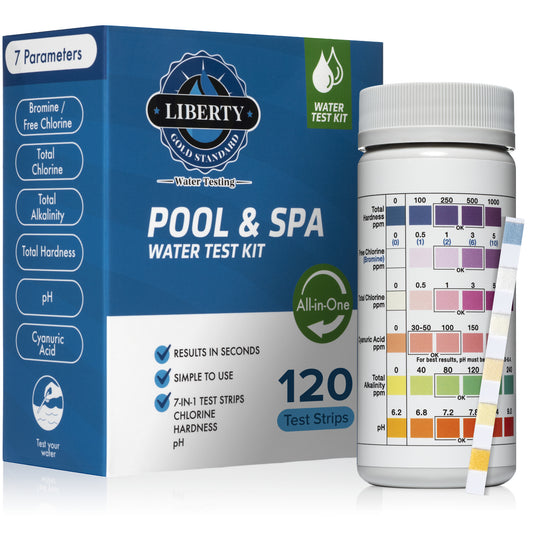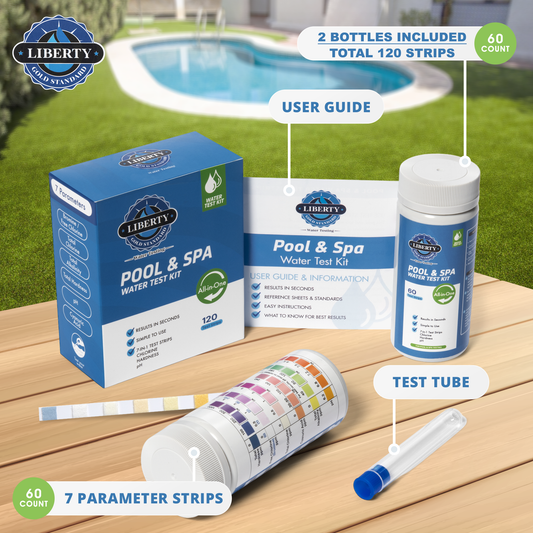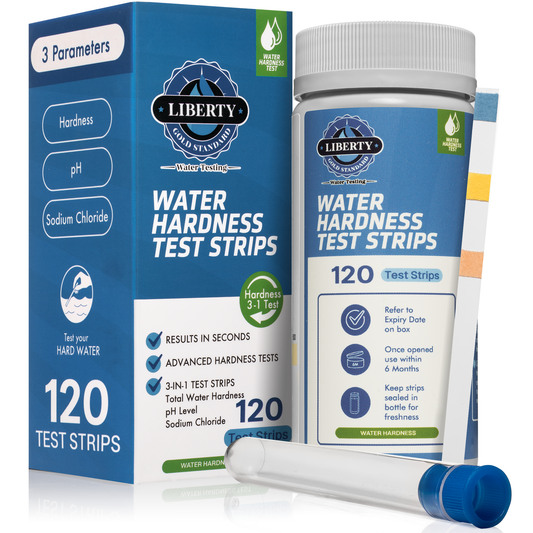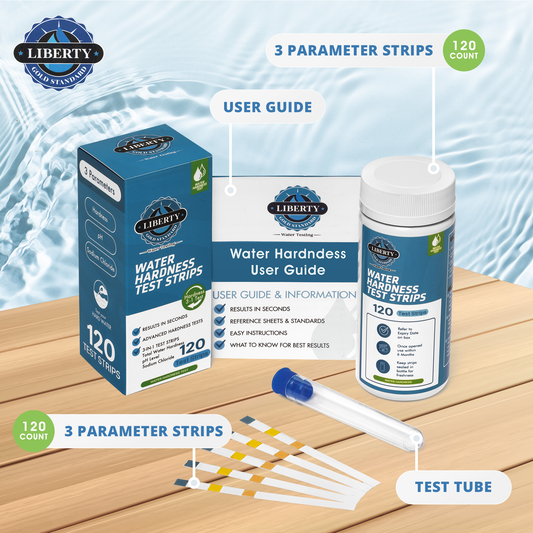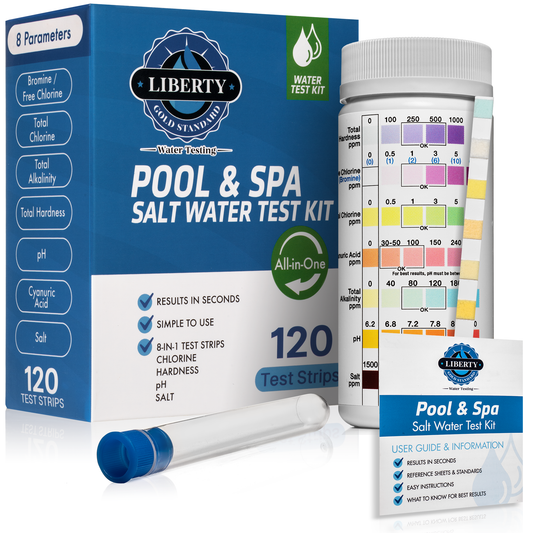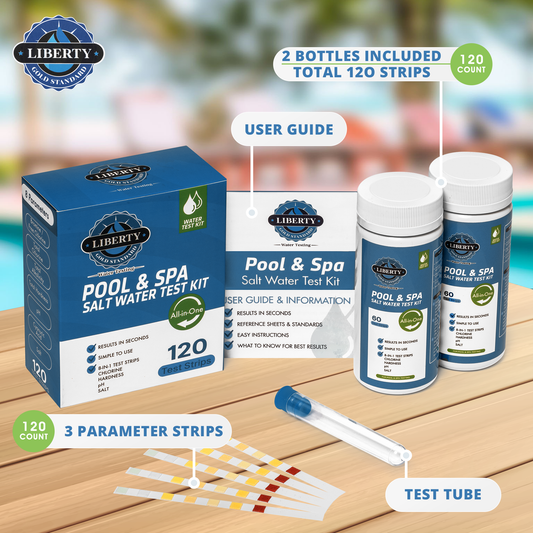Nitrate is a compound that consists of nitrogen and oxygen atoms. It is naturally present in the environment and can also be found in fertilizers, sewage, and industrial waste. In water, nitrate can come from runoff, leaching from soil, or wastewater discharge.
Why do we test for nitrate in water?
Testing for nitrate in water is crucial because high levels of nitrate can be harmful to human health. Nitrate can contaminate drinking water sources and, when consumed in excess, can lead to health issues such as methemoglobinemia, also known as "blue baby syndrome," especially in infants.
What are the right levels for nitrate in water?
The Environmental Protection Agency (EPA) has set the maximum contaminant level (MCL) for nitrate in drinking water at 10 parts per million (ppm) or 10 milligrams per liter (mg/L). This level is considered safe for human consumption and helps protect public health.
How is nitrate in water measured?
Nitrate levels in water are typically measured in parts per million (ppm) or milligrams per liter (mg/L). The Liberty Gold Standard Water testing kits are built to test for Nitrate and provide accurate results.
What are the sources of nitrate in water?
Nitrate can enter water sources from various sources, including agricultural runoff, septic systems, and industrial discharges. Fertilizers containing nitrogen compounds are a significant source of nitrate pollution in water bodies. Proper management practices can help reduce nitrate contamination in water.
How can nitrate pollution be prevented?
To prevent nitrate pollution in water, it is essential to implement best management practices in agriculture, such as using fertilizers efficiently and reducing runoff. Properly maintaining septic systems and wastewater treatment plants can also help minimize nitrate contamination. Regular monitoring and testing of water sources are key to identifying and addressing nitrate pollution issues.
If you have high Nitrate levels, here are some steps you can take to balance them out.
1. Install a Water Filtration System
One of the most efficient ways to lower nitrate levels in your water is by installing a water filtration system. Look for a system that is specifically designed to remove nitrates from water, such as reverse osmosis or ion exchange filters.
2. Test Your Water Regularly
Regularly testing your water for nitrate levels is crucial to ensure that you are aware of any spikes in concentration. This will allow you to take immediate action to address the issue and prevent potential health risks.
3. Avoid Using Nitrogen-Based Fertilizers
Nitrogen-based fertilizers are a common source of nitrates in water. By opting for alternative fertilizers or organic gardening methods, you can reduce the amount of nitrates entering the water system and help lower nitrate levels.
4. Practice Safe Waste Disposal
Improper waste disposal can lead to the contamination of water sources with nitrates. Make sure to dispose of waste, such as animal manure or sewage, in a safe and responsible manner to prevent nitrate pollution.
5. Consider Rainwater Harvesting
Rainwater harvesting is a sustainable practice that can help reduce the reliance on groundwater sources that may be contaminated with nitrates. By collecting rainwater for non-potable uses, you can lower the overall nitrate levels in your water supply.
By following these strategies, you can effectively lower nitrate levels in your water and ensure the safety of your drinking water. Remember to consult with a water quality expert for personalized recommendations based on your specific situation.
